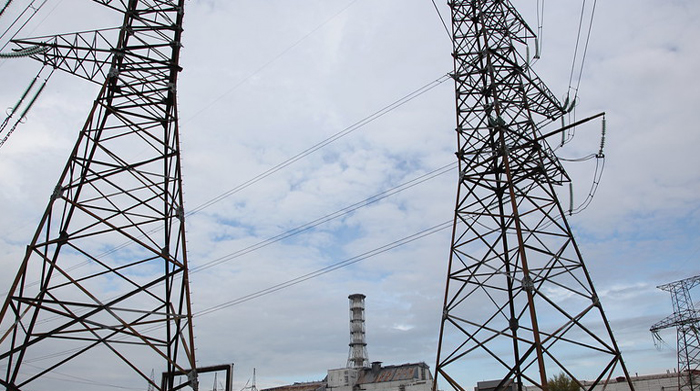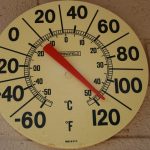PJM Report Says Energy Decarbonization Will Increase Winter Outage Risk

Image courtesy of IAEA Imagebank under Creative Commons Attribution-Share Alike 2.0 Generic license, resized to 700 x 391 pixels.
The PJM Interconnection has been studying the potential impact of energy decarbonization on member utilities’ ability to meet peak demand. This is the second such report ? the first PJM report on this topic was issued late 2021. The interconnection currently generates approximately 38% of its electricity from gas-fired sources, about 33% from nuclear, 22% from coal, and over 6% from the combination of wind, hydro and solar. Unfortunately, once energy decarbonization is in full force, this might not be enough.
The Impact of Energy Decarbonization
The new PJM report looked at 3 scenarios applicable to the year 2035, all of which factored in an increase in carbon-free energy as a percentage of the total energy mix.
PJM currently generates approximately 39% of its electricity from carbon-free sources. If this percentage increases to 70%, the outage risk increases, particularly during the winter months. This implies that fossil-fueled and nuclear plants will continue to be critical in terms of meeting peak demand going forward.
One interesting element of the study is that it shifts the focus of outage risk away from the summer months and toward the winter months.
PJM planners have traditionally focused mainly on meeting demand during the hottest summer days, giving little attention to the winter months. But with energy decarbonization, winter demand is expected to increase by 15% compared to 7% for the summer months. The key driver is that summer peak demand typically occurs for a few hours in the afternoon, but winter peak demand generally occurs in the evening and can maintain a high level throughout the night.
This would make the winter season the peak demand period, and although wind power tends to perform well in the winter, for obvious reasons, solar power does not enjoy this same level of winter efficiency.
The bottom line is that PJM, along with all interconnection organizations, is extremely concerned with meeting demand in the future. Energy decarbonization could reduce utilities’ ability to meet peak demand, which would negatively impact reliability and increase outage frequency. The silver lining is that this seems to be a relatively well-known issue, and therefore there is plenty of time to prepare for this future reality.



